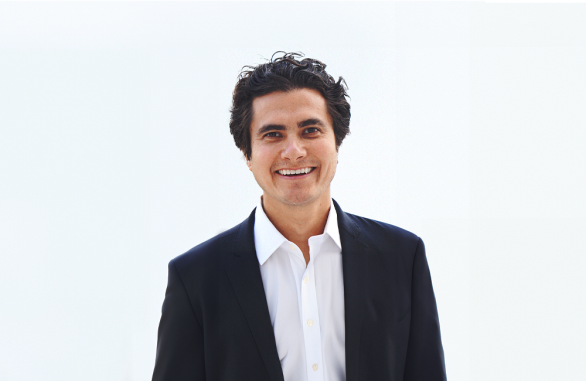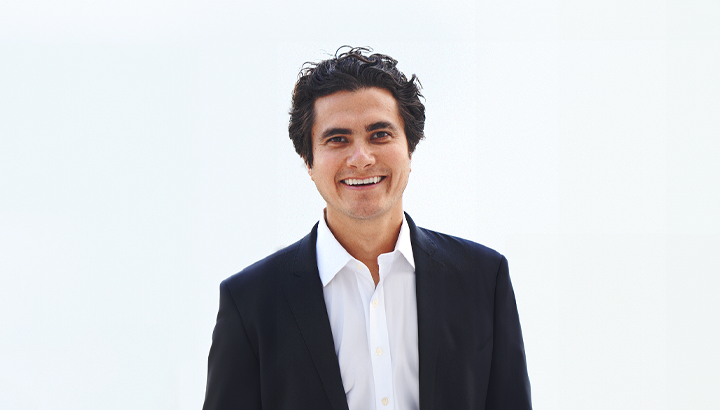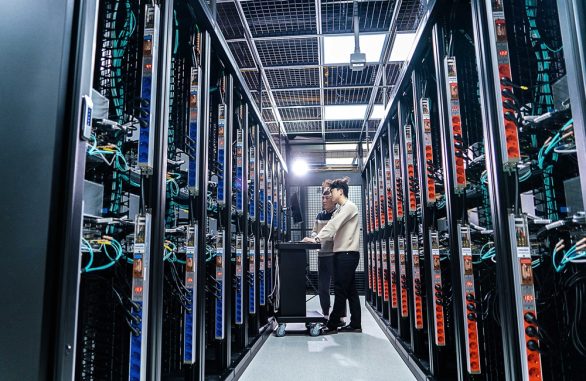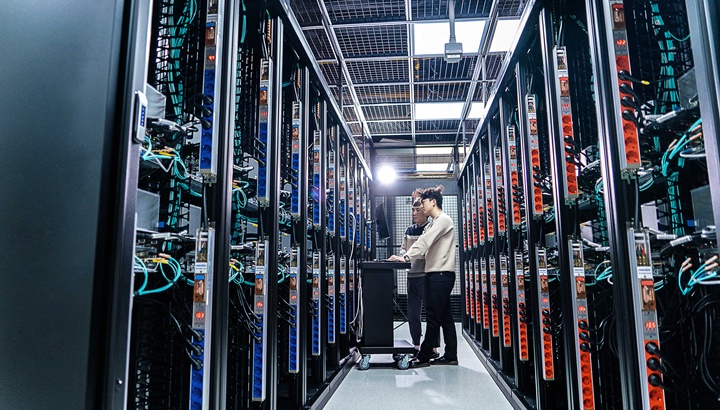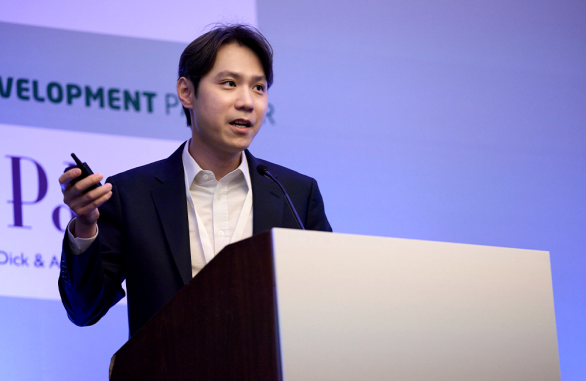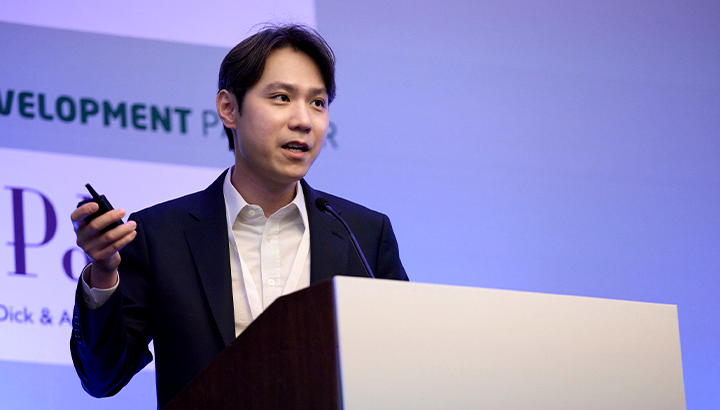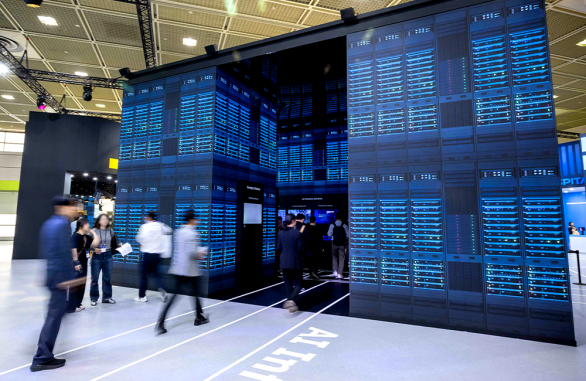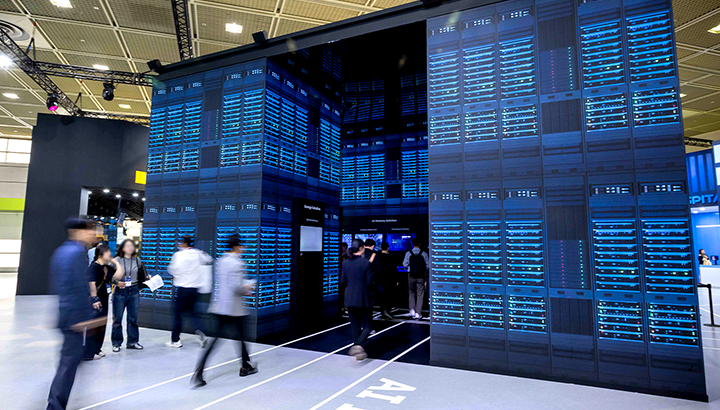This year’s Consumer Electronics Show (CES) took place in Las Vegas, Nevada, on January 5-8. And after several pandemic-disrupted years, the tech industry’s premium event was back in earnest, and returned with a bang.
Traditionally, the event has set the stage for the IT world’s year ahead. And CES 2023 was no different in this regard. But instead of focusing heavily on new products and headline-grabbing announcements, it was a single concept that took the limelight: sustainability.
In recent months, the idea of reducing the tech world’s impact on the environment to alleviate environmental pressures has become paramount for leading companies.
Showcasing sustainability
A consensus has emerged between the private sector and the government sphere: Just talking about sustainability won’t cut it anymore. What is needed is concrete action in the form of a shift away from fossil fuels, greenhouse gas production and non-renewable forms of production.
Prior to CES 2023, SKT had already made a number of pledges in this regard. The company announced its plans to reach net zero carbon emissions by 2050 and cut greenhouse gas emissions by nearly 50 percent (versus 2020 emissions) by 2030.

This year, SKT operated a joint exhibition booth with other SK Group members, including SK Innovation, SK Hynix, SK E&S, SK Ecoplant, SK Biopharmaceuticals and SKC. The companies presented over 40 eco-friendly technologies and products that can bring them closer to attaining their group-wide target of reducing carbon emissions by about 200 million tons by 2030.
The only way is up
The goal of sustainability cannot be reached without achieving transformational changes in today’s transport and delivery. The old models that made use of fossil fuels and energy-guzzling machines need to be consigned to the past. While the advent of smart vehicles and electric cars is a promising start, the pressure is on firms to think even bigger.
One example of a way to slash power usage in transport was on display at the SK booth at CES 2023. Named Urban Air Mobility (UAM), it is a solution that could not only transform the mobility sphere and reduce fossil fuel dependence, but also provide relief for busy road networks. CES 2023 attendees were able to take a sneak peek into the future of UAM vehicles through a VR trip.

Next-generation transport will likely require next-generation processors to save energy and enhance efficiency at every step of the operating process. That is why UAM vehicles will be equipped with SAPEON, SKT’s self-developed AI chip. This power-saving AI processor not only has high-speed data computation capacities, but also provides a green boost: It uses 20% less power than GPUs, even while supporting 1.5 times faster deep learning computation functionality.
And the next piece of the puzzle comes in the form of a new paradigm for power supply and management: SKT’s Virtual Power Plant (VPP). This system allows for integrated management of new and renewable energy generated by individuals and businesses with their own solar panels and wind turbines. The solution provides a platform that lets an operator manage these various sources as though they were in a single power plant – and could be used to help operate UAM on clean energy.
Into tomorrow’s world
This year’s CES taught tech observers much about the way firms will be approaching the next 12 months. But one key takeaway will surely resound with all attendees and outside observers: Innovative green technology is now our best hope of accelerating toward net zero goals.
As the world has recently achieved a success story in recovering the ozone layer through concerted efforts from the global community, our progress towards sustainability goals will be accelerated when more and more businesses join the efforts to develop and offer environmentally-friendly technologies, products and services.




